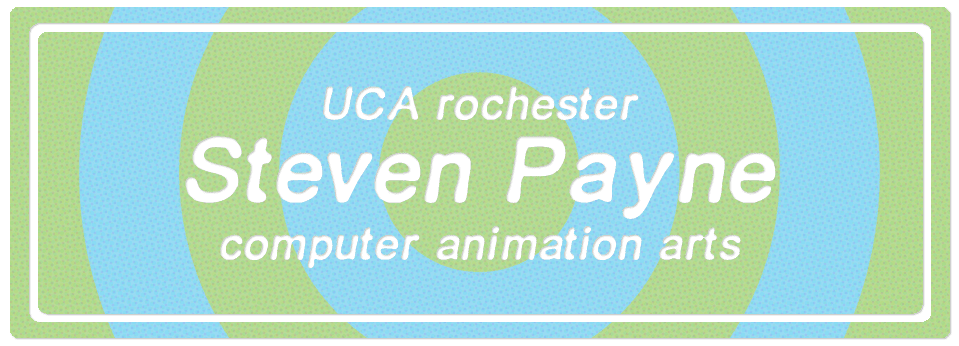Whilst working on my pre-vis, I began to question how I really wanted to present this story.
Typically, as I go along, I create very simple, one or two panel storyboards to help dictate key shots in my pre-vis.
The general pattern in these shots was the use of obscure angles, intense close ups and switched focus as a means of obfuscation, and it was from here I had been deriving the suspense and horror of the second act.
Originally, the second act was driven by various minor plot points and bumps in the road for Franklin to overcome, however, I've come to the conclusion that this may not be the best way of instilling sensations of dread, disbelief and revulsion in the audience.
Instead, I've decided to employ alternative cinematic techniques in favour of a more visually appealing and overall more impactful animation.
As a result of this, I've chosen to streamline the second act considerably. I felt that certain aspects, such as the failing electrical device and Franklin returning to the hallway, greatly interrupted the gradual build up of tension and suspense from the scenes leading up to this point. This made the misdirection fairly redundant, and ultimately kills the impact of the reveal in the third act.
I've chosen instead to eliminate these interruptions and focus on the build up. While these story elements were in no way bad, they do very little to contribute to the intended atmosphere of the story.
The visual aspects of the animation will tell a far better story than an overabundance of plot.
So, how do I plan to achieve this? Through use of visual misdirection, obfuscation and sensory exploitation.
Below, I've included some examples of cinematic techniques I've drawn influence from.
Opening Sequence to Se7en
The Death of Marion Crane in Psycho
The Opening Credits of Dexter
Disposing of the Body in Shallow Grave
Eraserhead Trailer

No comments:
Post a Comment